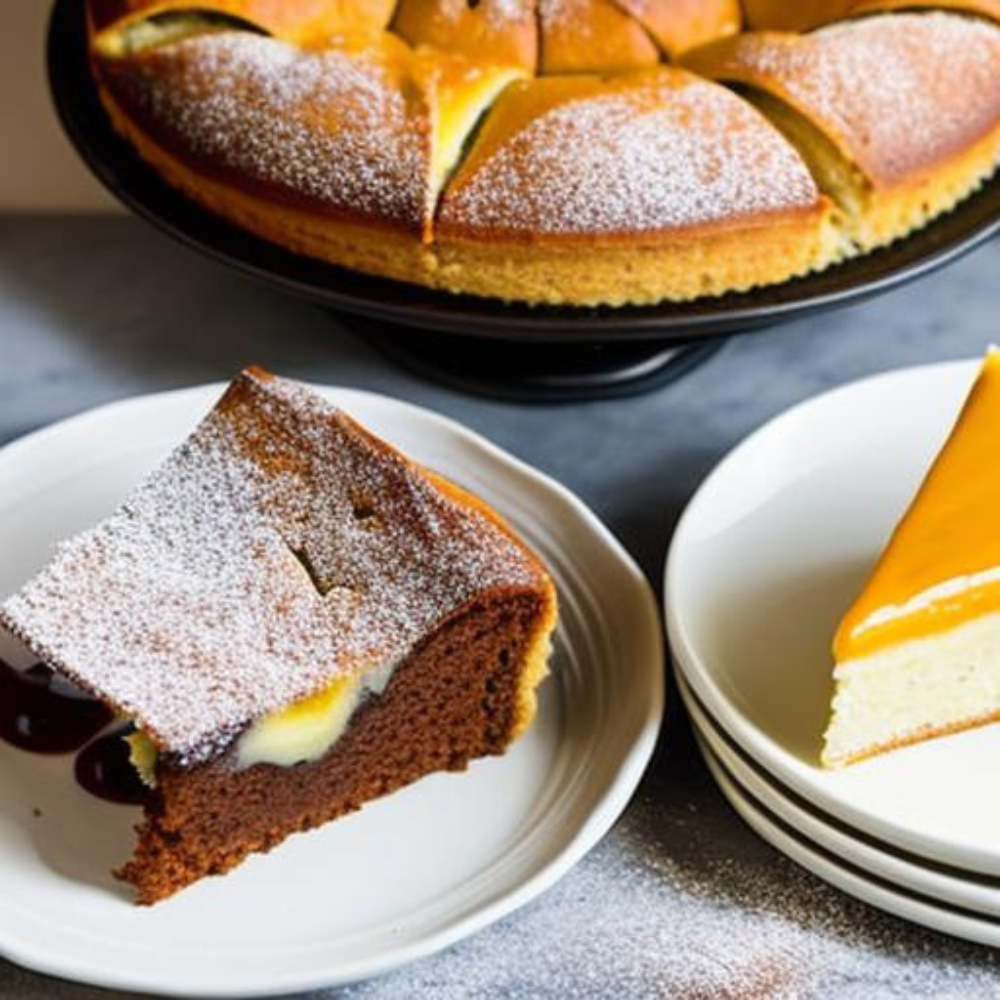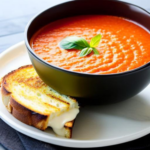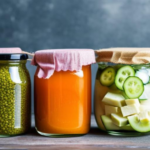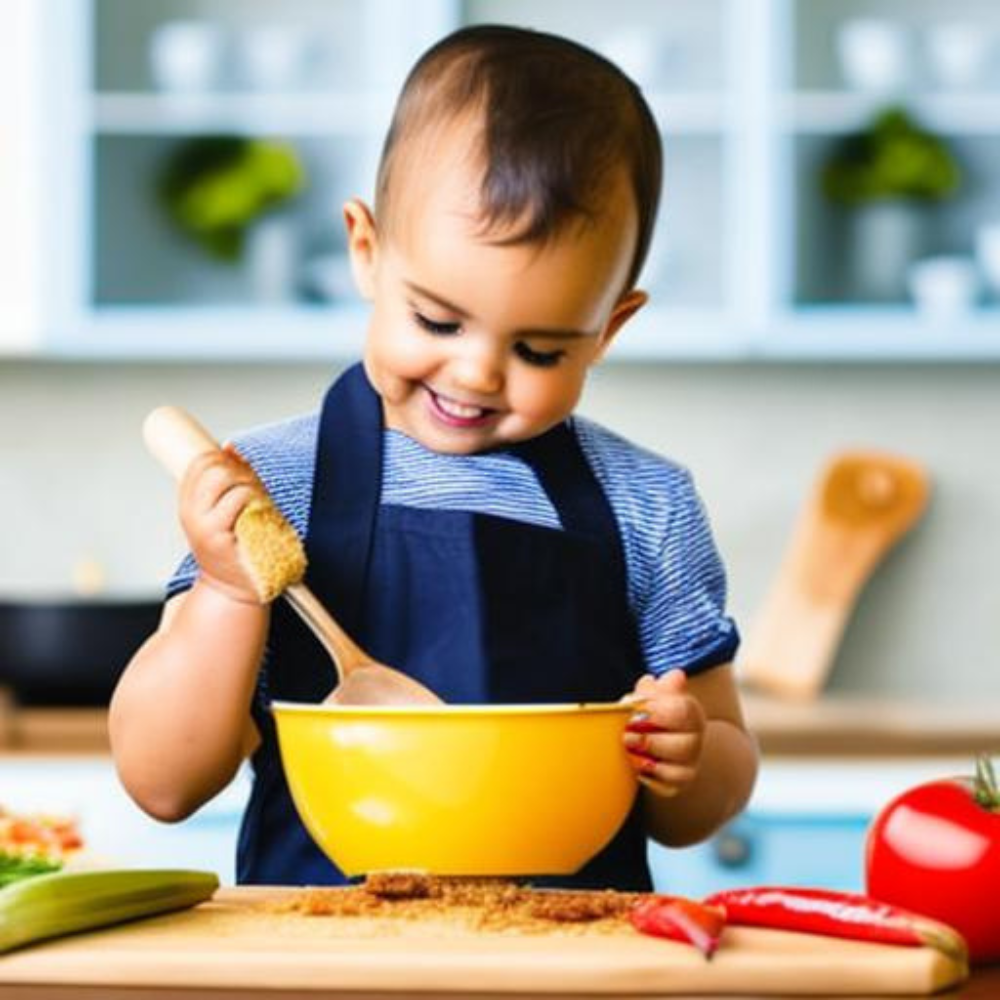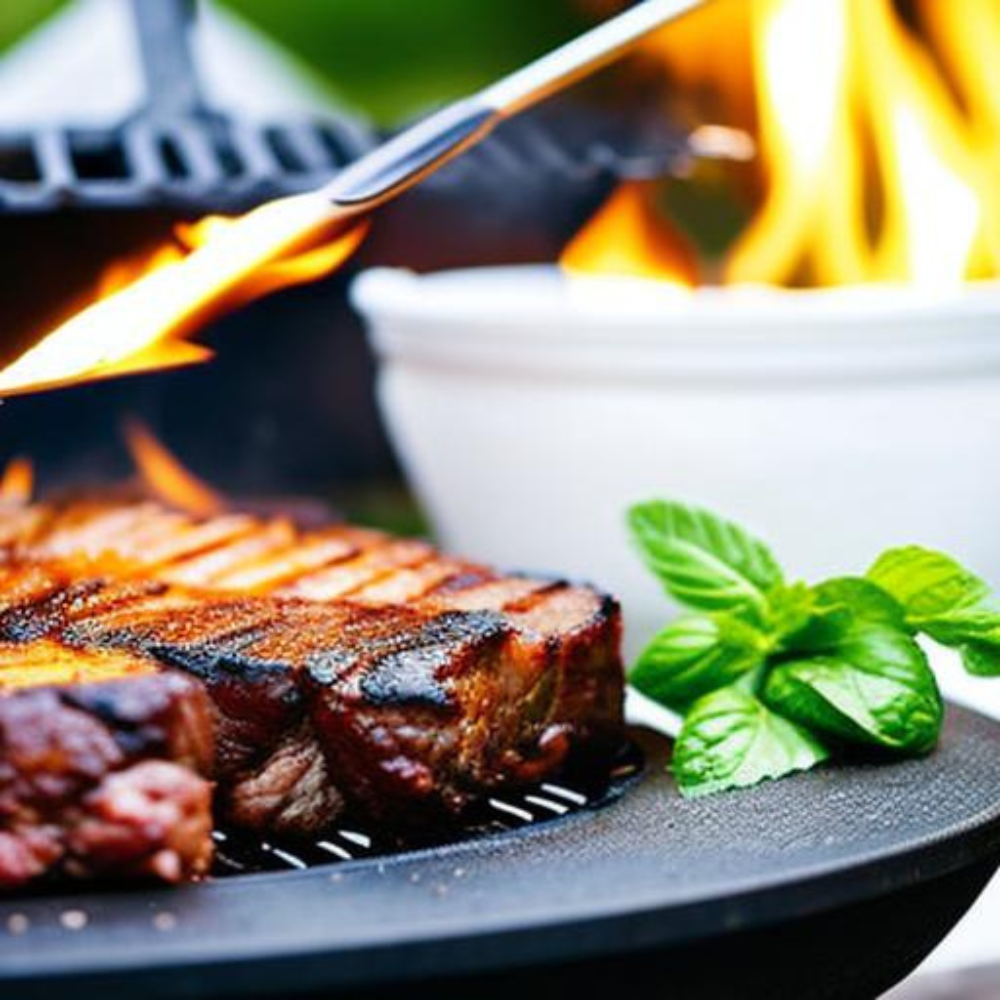Baking is a rewarding and enjoyable hobby that allows you to create delicious treats for yourself and others. However, it can also be intimidating if you’re new to the world of baking. In this article, we’ll go over the basics of baking cakes, pies, and breads to help you create perfect baked goods every time.
Cake
- Ingredients: The key to making a good cake is to use quality ingredients. Use fresh eggs, butter, and flour, and measure your ingredients accurately.
- Mixing: Be sure to mix your ingredients thoroughly, but don’t overmix. Overmixing can cause the cake to be tough and dry.
- Baking: Bake your cake in a preheated oven, and don’t open the oven door during baking. This can cause the cake to sink or collapse. To test if the cake is done, insert a toothpick into the center of the cake. If it comes out clean, the cake is done.
Pie
- Dough: Making pie dough from scratch can seem daunting, but it’s not as difficult as it seems. The key is to keep the ingredients cold and to work quickly. Use a pastry blender to cut the butter into the flour until it resembles coarse crumbs, then add cold water a tablespoon at a time until the dough comes together.
- Filling: The filling is the star of the pie, so be sure to use quality ingredients. Use fresh fruit and make sure to season your filling with spices like cinnamon or nutmeg.
- Baking: Bake your pie in a preheated oven, and be sure to use a pie shield or foil to prevent the crust from burning. To test if the pie is done, insert a knife into the center of the pie. If it comes out clean, the pie is done.
Bread
- Yeast: Yeast is what makes bread rise, so it’s important to use the right kind of yeast and to activate it properly. Use instant yeast and mix it with warm water and a bit of sugar to activate it.
- Kneading: Kneading the dough is important to develop gluten, which gives bread its structure. Knead the dough until it’s smooth and elastic.
- Proofing: Proofing the dough allows the yeast to ferment and produce carbon dioxide, which makes the bread rise. Cover the dough and let it rise in a warm, draft-free place until it has doubled in size.
- Baking: Bake your bread in a preheated oven, and be sure to create steam in the oven by placing a pan of water on the bottom rack. This will help the bread develop a crusty exterior. To test if the bread is done, tap the bottom of the loaf. If it sounds hollow, the bread is done.
Conclusion
In conclusion, baking can be a fun and rewarding hobby once you master the basics. By following these tips, you can create perfect cakes, pies, and breads every time. Don’t be afraid to experiment with different flavors and ingredients to make your baked goods your own. With practice and patience, you’ll become a baking expert in no time.

